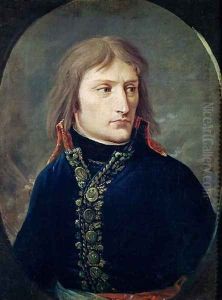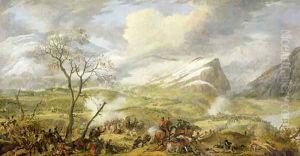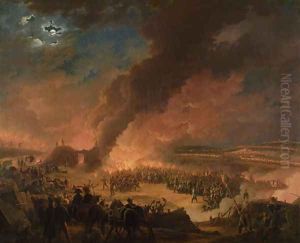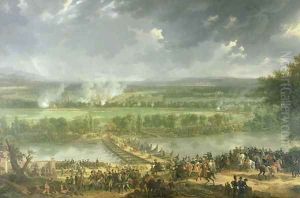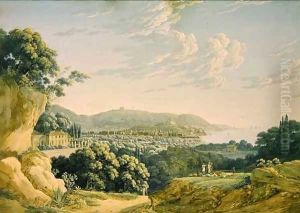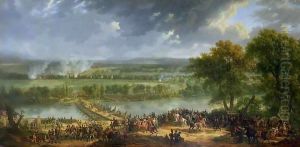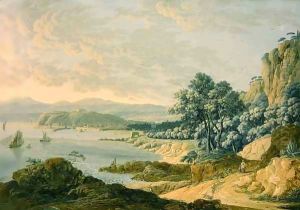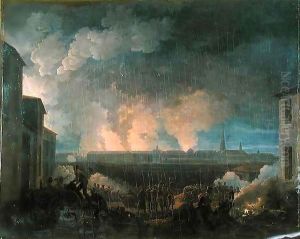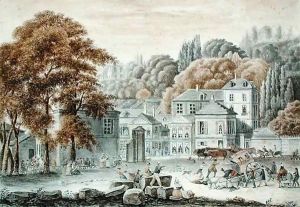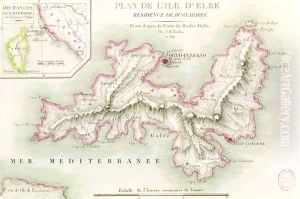Baron Louis Albert Bacler d'Albe Paintings
Baron Louis Albert Bacler d'Albe was a French artist and cartographer who lived during a transformative period in European history, encompassing the French Revolution and the Napoleonic Wars. Born on October 21, 1761, in Saint-Pol-sur-Ternoise, France, Bacler d'Albe showed an early talent for drawing and painting. His artistic skills would later become valuable in his military career.
Bacler d'Albe began his career as a topographic engineer and developed a reputation for his precise and detailed cartographic work. His skills caught the attention of Napoleon Bonaparte, with whom he formed a close working relationship. Bacler d'Albe became one of Napoleon's trusted military aides, serving as his chief topographic officer. He was responsible for creating the maps that Napoleon used to plan his military campaigns, and his work was crucial to the success of many battles.
In addition to his cartographic work, Bacler d'Albe was also an accomplished painter. His landscapes and battle scenes captured the dramatic moments of the Napoleonic Wars and the beauty of the European countryside. His style was characterized by its attention to detail and the realism with which he portrayed military subjects.
Despite his military obligations, Bacler d'Albe continued to pursue his artistic interests throughout his life. He exhibited at the Salon, the official art exhibition of the Académie des Beaux-Arts in Paris, and received critical acclaim for his work.
After the fall of Napoleon, Bacler d'Albe's association with the former emperor affected his career, and he faced a period of financial difficulty. However, he continued to work on his art and cartography until his death on September 12, 1824, in Sèvres, France.
Baron Louis Albert Bacler d'Albe is remembered both for his contributions to cartography and military strategy and for his artistic legacy. His works provide a valuable historical record of a tumultuous period in European history, as well as showcasing the talents of an artist who skillfully bridged the worlds of art and military science.
